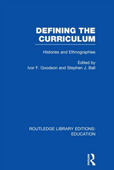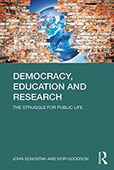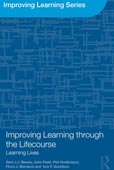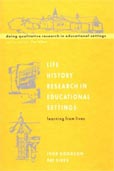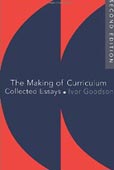Key Idea: Curriculum Form
A range of studies has illustrated how deep structures of social differentiation are built into the form of curriculum.
A polarized pattern of mentalities emerged in Britain in the period 1770-1850. For the 'higher order', mentalities were judged to be intellectual, abstract, and active, whereas for the 'lower orders', they were considered sensual, concrete, and passive. In time, these polarized mentalities were built into the deep structures of curriculum - they were, so to speak, internalized. In this way, the process of mentality 'production' was extended, for school subjects themselves became, in turn, the makers of subjectivities. A self-confirming circle was drawn around different social groupings. Given the resonance with patterns of cultural capital, this structuring of curriculum form was to prove a resilient settlement.
Learning, Curriculum and Life Politics: the selected works of Ivor F. Goodson
Read about Curriculum Form in the chapter: :In this book Ivor Goodson brings together 19 key writings in one place....
